Induction cooktops have gained popularity for their speed, precision, and energy efficiency compared to traditional gas and electric stoves. If you're considering switching to an induction cooktop, one of the key questions is whether they use a lot of electricity. Let’s explore how induction cooktops work, the factors that affect their power usage, and things you should consider while buying one.
How Does Induction Cooktop Work?
Induction cooktops work through electromagnetic fields, which create heat directly in the cookware rather than heating the cooktop surface itself. A copper coil beneath the glass surface generates a magnetic field when an electric current passes through it. This magnetic field induces an electric current in ferrous cookware (pots and pans made of iron or stainless steel), causing them to heat up. As the cookware heats up, it directly transfers that heat to the food inside.
Because induction cooktops heat only the cookware and not the surrounding air, they tend to be much more energy-efficient compared to traditional electric or gas stoves.
Do Induction Cooktops Use a Lot of Electricity?
Induction cooktops are generally more energy-efficient compared to traditional electric or gas stoves. Induction cooking is about 90% efficient, meaning most of the energy is directly used for cooking. This makes induction cooktops more efficient than traditional electric (which is about 70-80% efficient) or gas stoves (which are about 30-40% efficient).
How Much is the Power Consumption of Induction Cooktops?
The cost to run an induction cooktop depends on the electricity rate in your area. For example:
If electricity costs $0.12 per kWh and you use a 2,000-watt burner for 1 hour, it would cost about $0.24 per hour of cooking.
How to Calculate Power Usage
To estimate the power consumption of your induction cooktop, you can use a simple calculation. The basic formula for electricity consumption is:
For example, if you're using a 2,000-watt burner for 1 hour, the energy consumption would be:
In this example, the burner would consume 2 kWh of electricity during the hour of cooking.
To determine the cost of running your induction cooktop, you can multiply the energy consumption by your local electricity rate. If your rate is $0.12 per kWh, cooking for 1 hour on a 2,000-watt burner would cost:
Factors That Affect Power Usage
Power Levels and Settings Induction cooktops come with different power settings, typically ranging from 200 W to 1500 W. Higher power levels will naturally consume more electricity. For instance, a portable induction cooktop with 8 power levels will allow you to adjust based on your cooking needs, offering energy savings when you use lower settings.
Cookware Compatibility
Induction stoves require magnetic cookware, such as cast iron, steel, or enameled iron. Cookware that is not magnetic or too small will prevent the unit from heating efficiently. Many induction cooktops, like the best portable options, have auto-pan detection features that ensure energy is only used when the correct cookware is detected.
Cooking Time
One of the biggest advantages of induction cooktops is their ability to cook food faster than conventional stoves. With temperature ranges from 140℉ to 460℉, induction cooking heats food quicker, leading to shorter cooking times and reduced electricity consumption.
Efficiency of the Cooktop
A cooktop with a 3D dimensional panel, like some portable models, ensures even heat distribution, making it more energy-efficient than traditional stoves. This type of panel helps deliver superior performance by minimizing heat loss and speeding up the cooking process.
Timer Function and Safety Lock
Features like a 4-hour timer and safety lock, which many portable induction cooktops offer, allow for efficient cooking without having to monitor constantly. Setting a timer can help prevent overcooking, saving energy by avoiding prolonged usage.
Comparison the Energy Efficiency of Gas, Electric, and Induction Cooktops
Here’s a quick comparison between the energy consumption of induction cooktops and traditional electric or gas stoves:
| Cooking Method | Efficiency | Power Consumption (per burner) | Energy Cost (for 1 hour) |
|---|---|---|---|
| Induction Cooktop | 90% | 1,200–3,700 watts | Low (approximately 0.12-0.37 kWh) |
| Electric Cooktop | 70-80% | 1,000–2,500 watts | Moderate (approximately 0.12-0.25 kWh) |
| Gas Stove | 40-55% | 2,000–4,500 watts | High (approximately 0.20-0.50 kWh equivalent) |
Induction cooking, though sometimes more expensive upfront, can save you money on energy bills over time due to its superior efficiency and quicker cooking times.
Induction cooktops also heat food or liquids faster compared to gas and electric.
In one experiment, an induction stovetop could boil water in just 5.8 seconds, versus 8.3 seconds with a gas stove.
Put another way, when cooking with gas, about 60 percent of the energy is wasted, compared to just 16 percent with induction and 26 percent with smooth electric cooktops.
How to Make Induction Cooking Even More Energy Efficient?
-
Optimize Use: Use cookware with a flat, magnetic base to ensure efficient energy transfer.
-
Cook with Lids: Cover pots and pans to retain heat and reduce cooking time.
- Match Cookware Size to Burner: Use a burner size that matches your pot or pan to avoid energy waste. If you're unsure of the size, it's best to purchase an induction cooktop along with compatible pots and pans designed for optimal performance.
Gadgets Kitchen Cook & Go Trio : Donut Induction Cooktop & HOOD TO GO & Fry Pan

If you have a choice of electricity provider and the option to choose energy sources:
- Opt for green energy providers, community solar, or install rooftop solar.
- Induction cooking powered by solar becomes emissions-free and is better for indoor air quality, as it generates less heat and fewer emissions.
- Induction cooking is more efficient than traditional methods, and using renewable energy further reduces its environmental impact.
Induction cooking produces lower carbon dioxide emissions overall. In a water boiling experiment, natural gas emitted 1.16 pounds of CO2 to boil water in 8.3 seconds, while an induction stove, powered by the electrical grid, emitted only 0.29 pounds of CO2 and boiled the water in 5.8 seconds.
Propane is the least efficient cooking fuel in terms of CO2 emissions, and it also has drawbacks regarding indoor air quality, cost, and safety.
Things to Consider While Buying an Induction Cooktop
Size and Portability
If you're looking for a cooktop that can be used at home or for trips, consider a portable induction cooktop. These units are stylish, handy, and easy to store. They’re a great option for small kitchens or outdoor cooking in the backyard, providing flexibility and convenience while not taking up much space.
Energy Efficiency
Many induction cooktops, especially portable models, cook food up to 50% faster than gas or traditional electric stoves. Since the burner heats only the bottom of the pan, there’s no wasted energy. If you’re looking to reduce your energy bills, an induction cooktop is a great choice.
Wattage Range
The typical wattage range for induction cooktops is between 1200 W and 1800 W, depending on the model and settings. The 8 power levels available on some portable cooktops (from 200 W to 1500 W) offer a variety of cooking options while allowing you to conserve energy when possible.
Maintenance and Cleaning
A premium glass surface ensures that portable induction cooktops are easy to clean, with excellent wear resistance. After cooking, simply wipe the surface down to keep it looking like new. This feature helps you maintain the cooktop with minimal effort, contributing to its overall long-term efficiency.
FAQs
What is the Typical Wattage Range for Induction Cooktops?
Induction cooktops typically range from 1200 W to 1800 W in wattage. Lower wattage models are available for more energy-conscious cooking, while higher wattage cooktops provide greater power for faster cooking.
Are Induction Cooktops More Expensive to Operate Than Other Cooktops?
Induction cooktops can be more energy-efficient than gas or electric cooktops. They heat food more quickly and use energy more effectively, reducing cooking time and overall electricity usage. Although the upfront cost may be higher, they can save you money in the long run through lower electricity consumption.
Do Induction Cooktops Require a Dedicated Electrical Circuit?
Some induction cooktops, particularly larger models with higher wattage, may require a dedicated electrical circuit to ensure safe operation. Smaller portable units can typically be plugged into a standard electrical outlet. Always check the manufacturer's specifications for your model’s power requirements.
Conclusion
Induction cooktops are generally more energy-efficient than traditional gas or electric cooktops. Factors like power levels, cookware compatibility, and cooking time all influence how much electricity they use. When buying an induction cooktop, consider its portability, wattage range, and features like timers and easy cleaning for an optimal cooking experience. If you're looking for an eco-friendly, efficient cooking solution, induction cooktops are a great option that offers both performance and energy savings.
You may also be interested in:




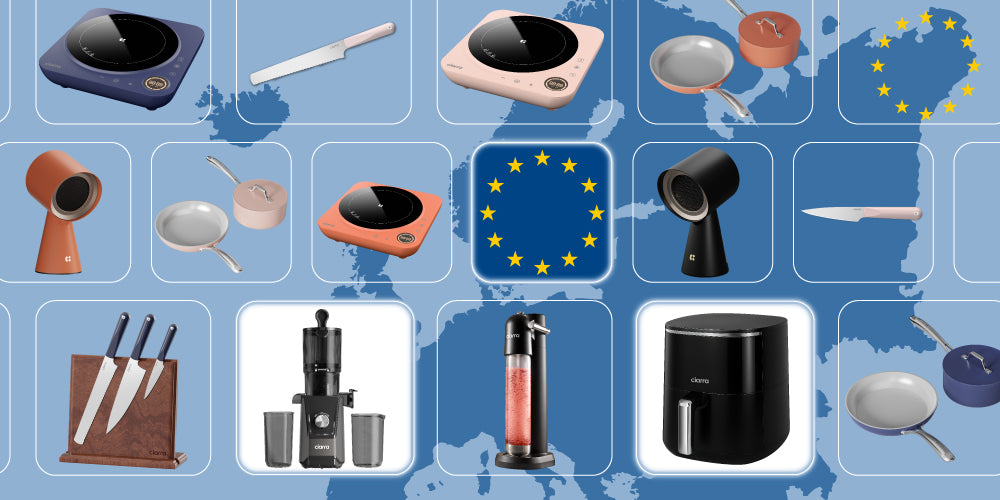

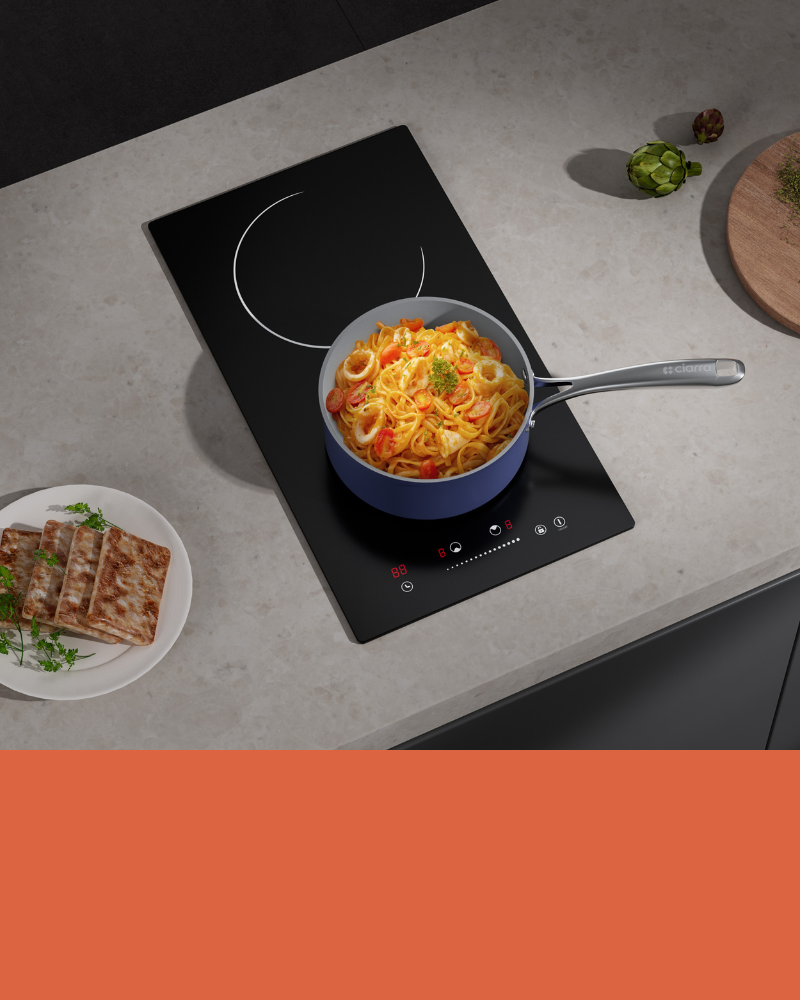
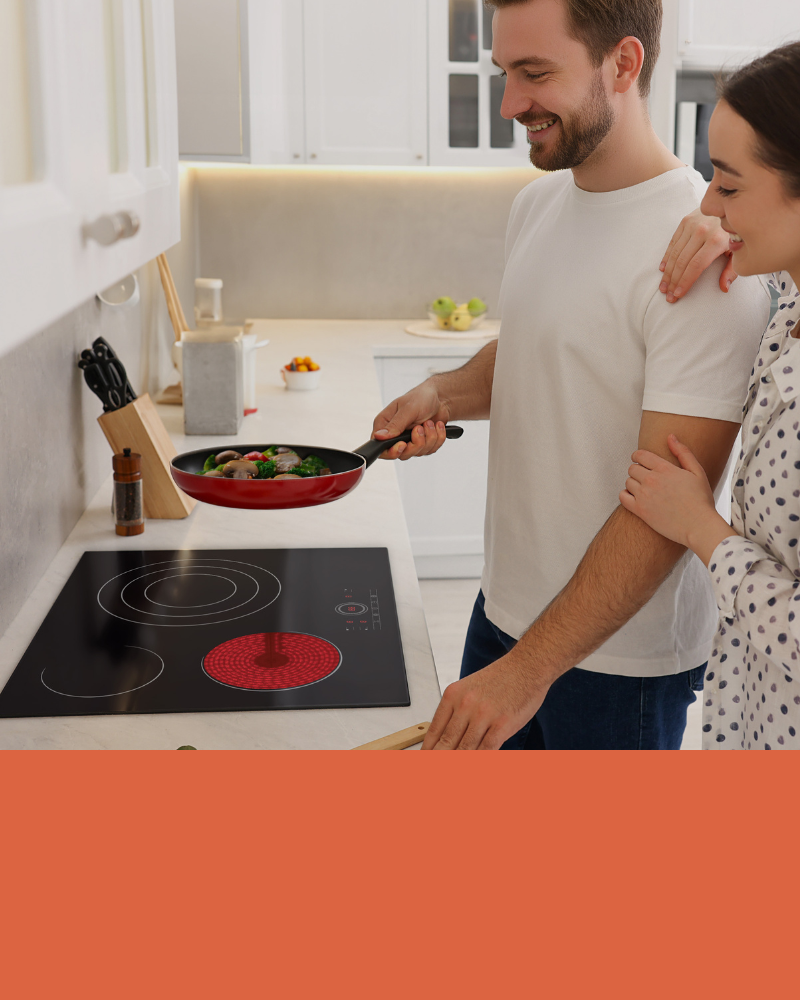

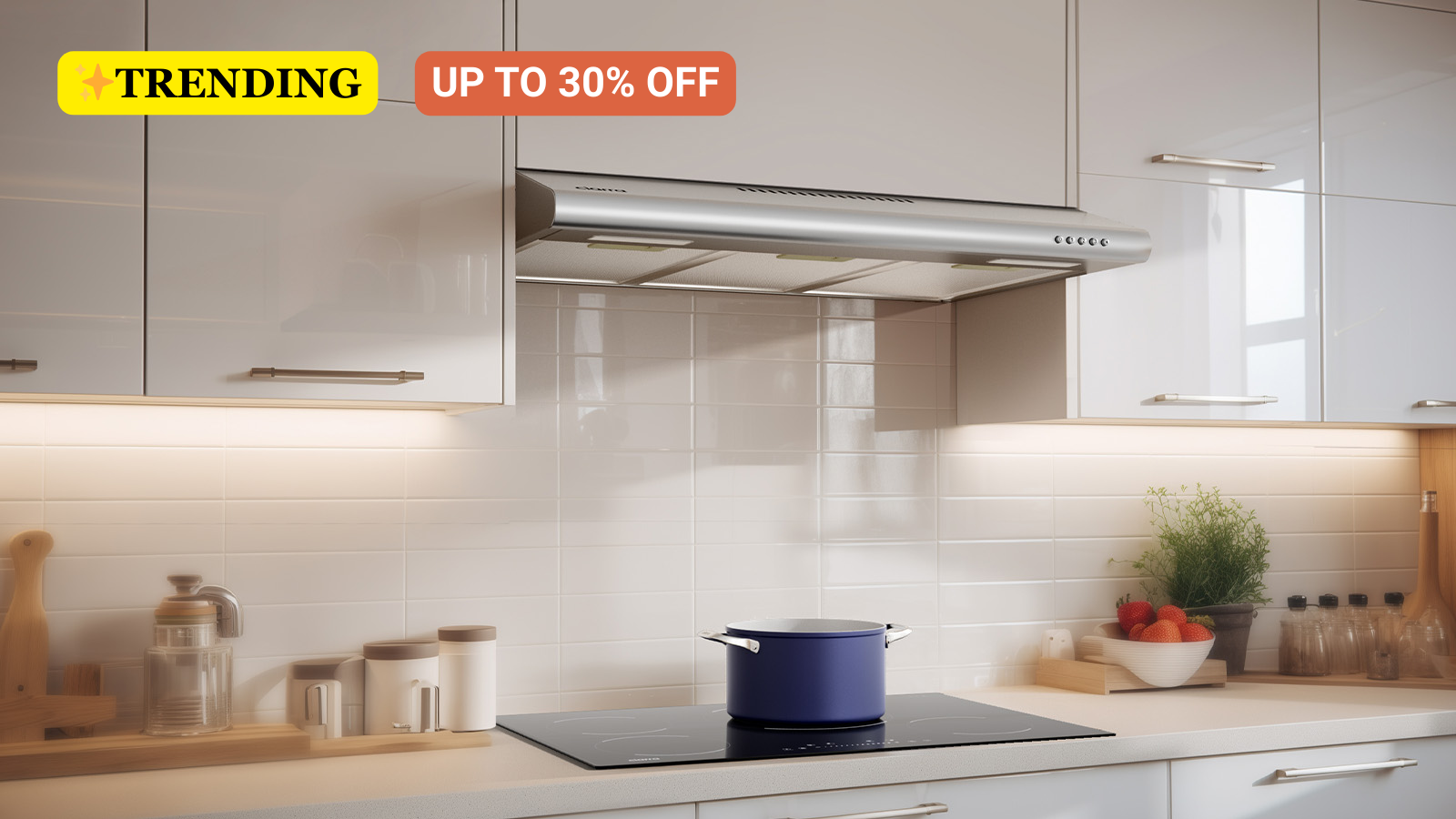
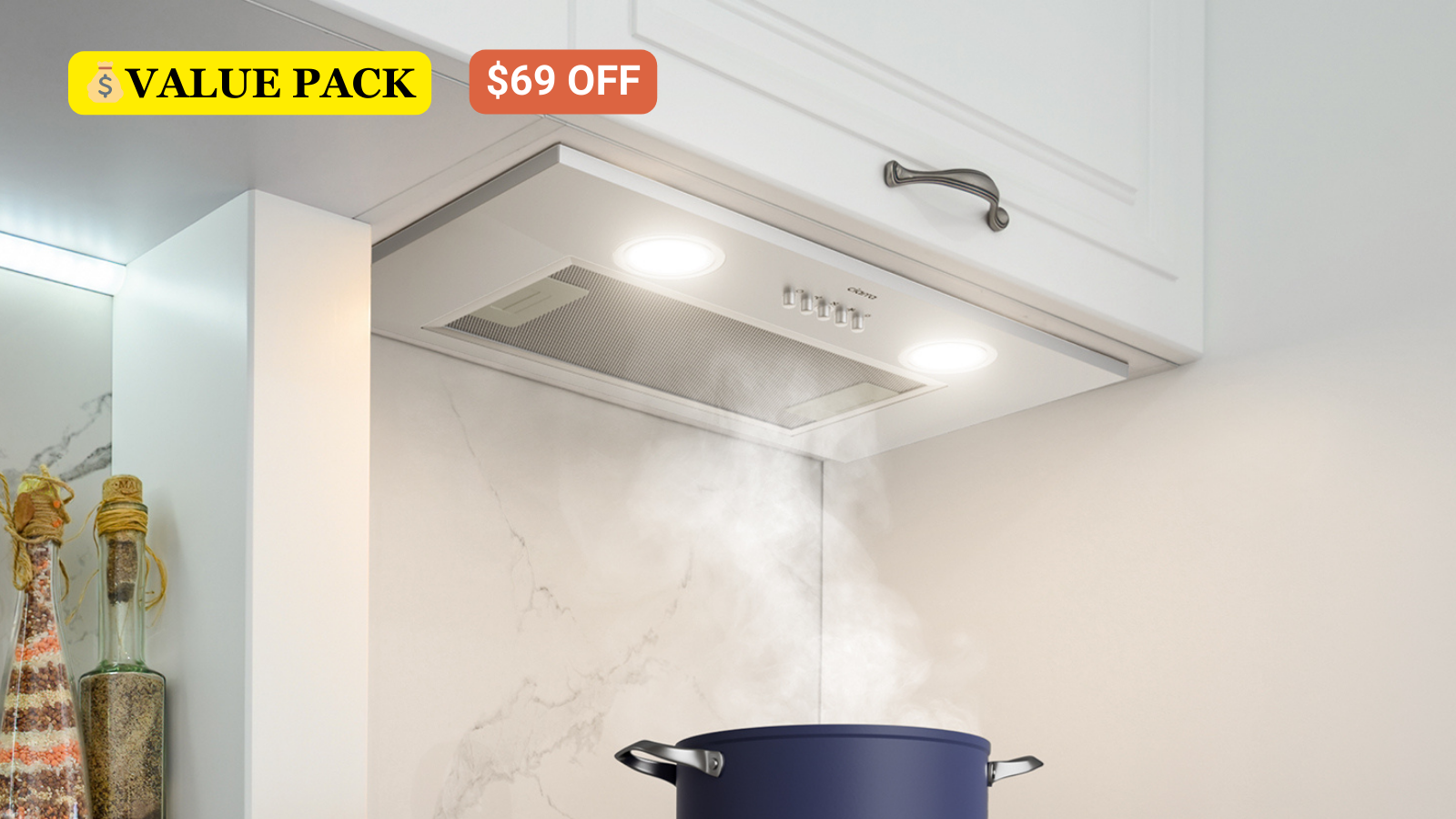
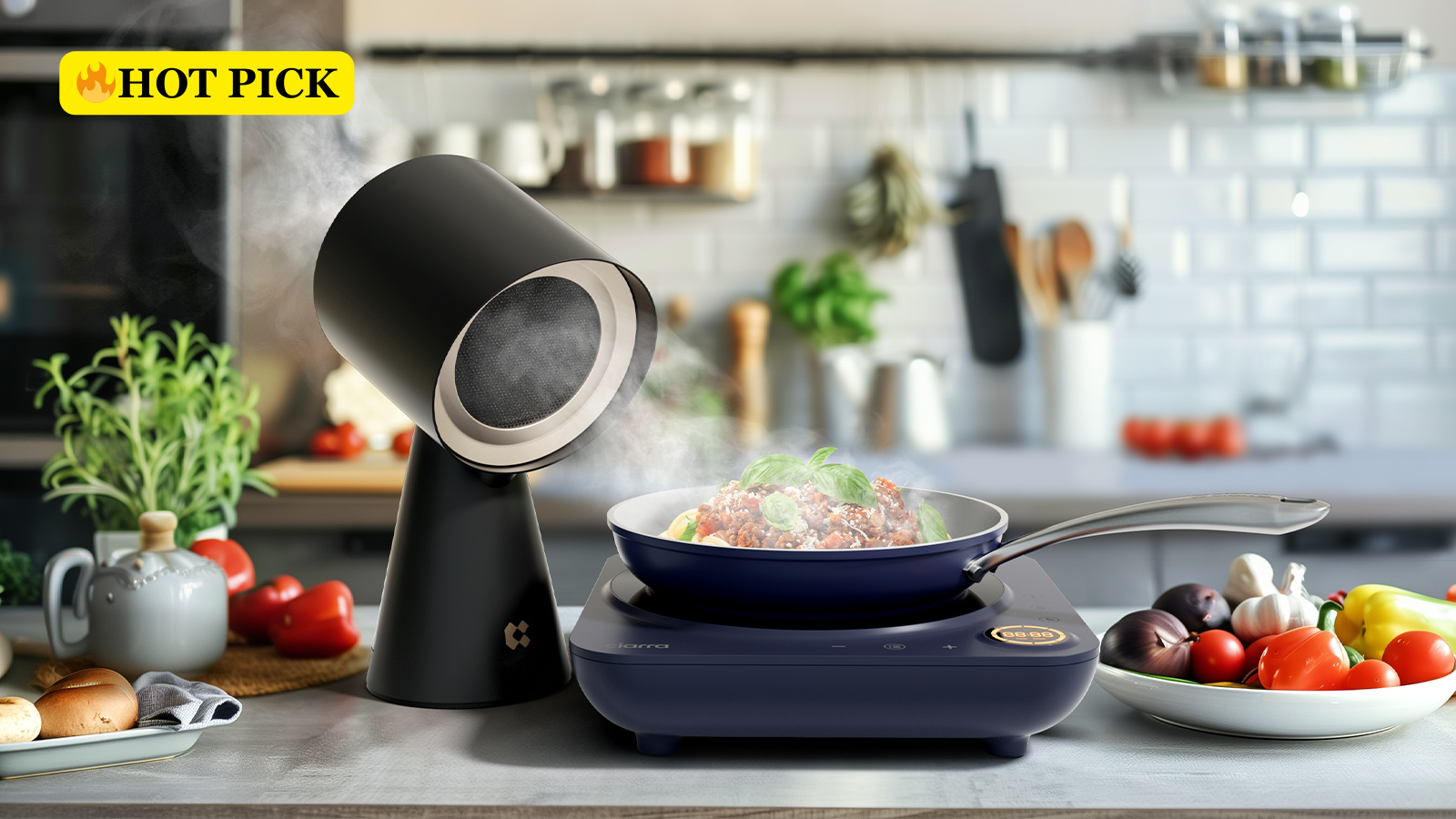
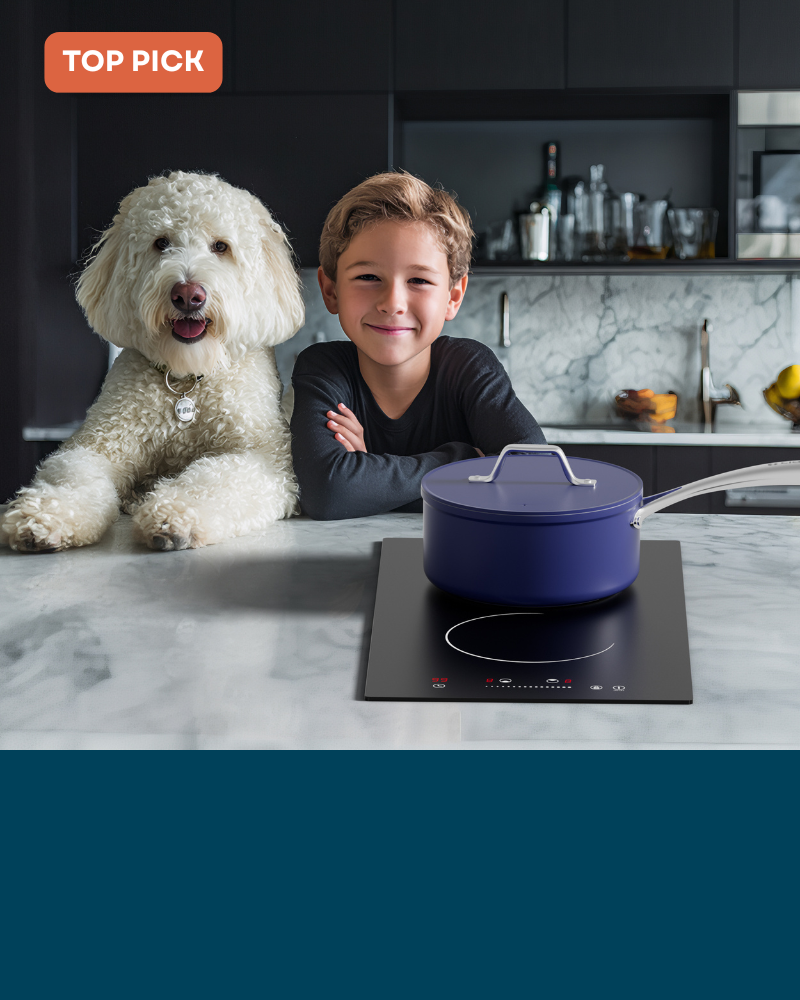

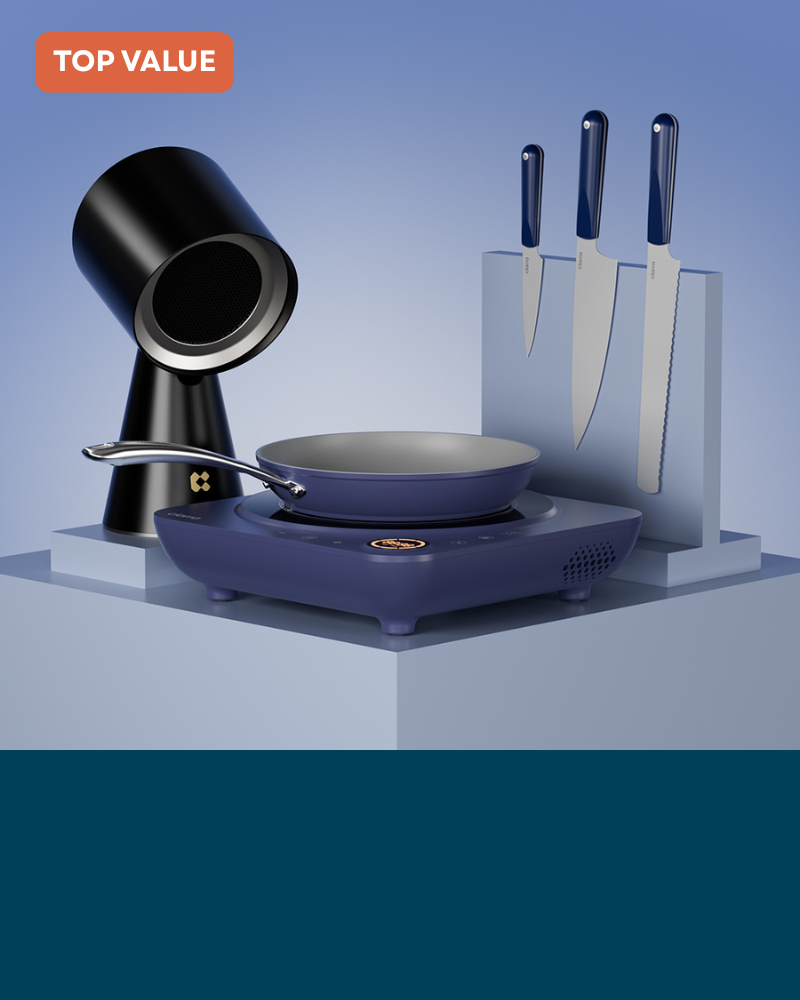





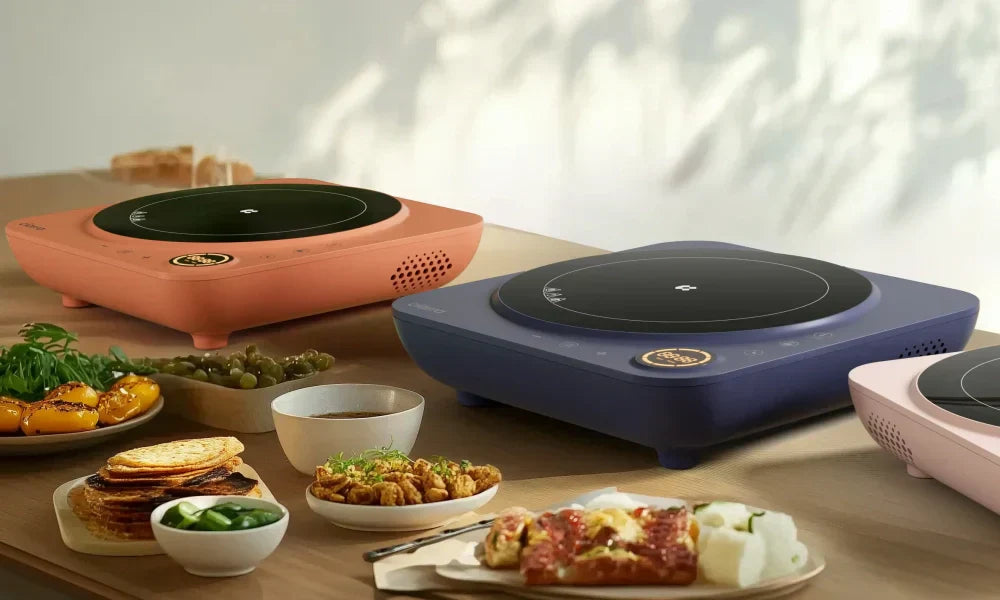
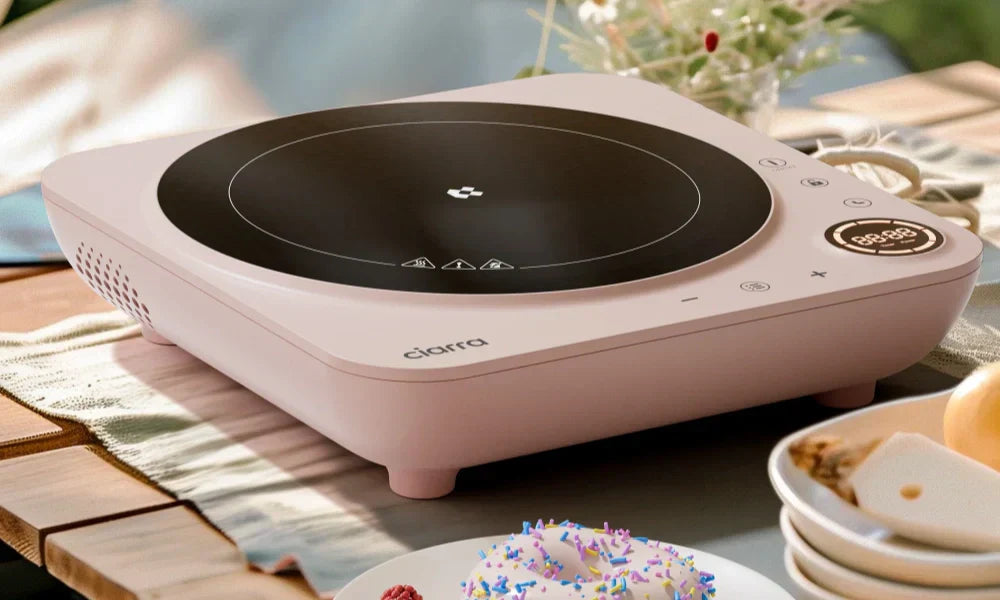
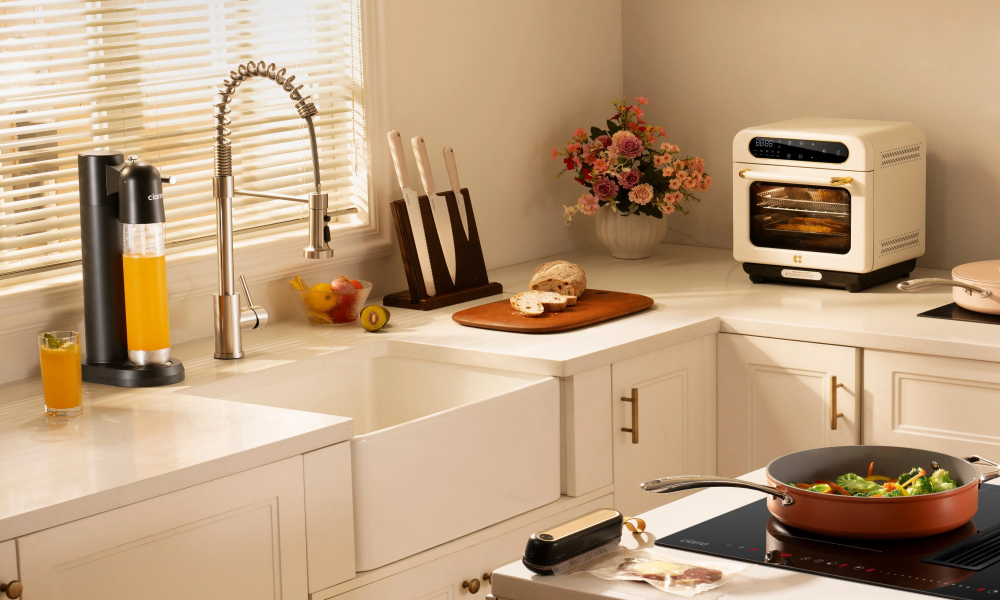
Leave a comment
All comments are moderated before being published.
This site is protected by hCaptcha and the hCaptcha Privacy Policy and Terms of Service apply.